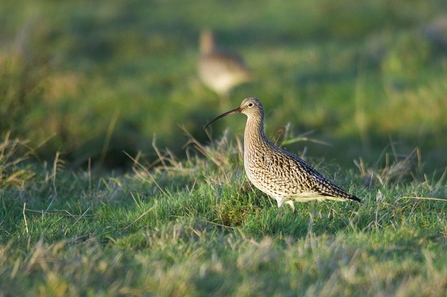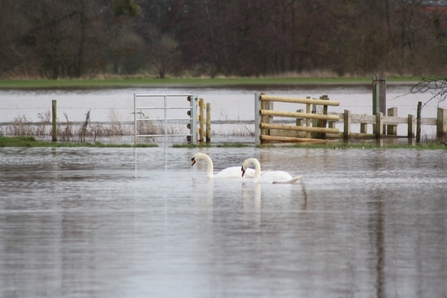The winter of 2023 and early 2024 has been particularly wet with the Met office saying that 2023 was the 6th wettest year since 18361. Add to this that 2023 was the second warmest year on record (just behind 2022)1 and we can really see the impacts climate change is having on our weather. If you have driven anywhere in the Wye and Lugg valleys this winter you will have seen vast areas lying underwater.
In a previous blog we talked about Natural Flood Management and the importance of slowing the flow of water. A lot of Natural Flood Management takes place high up in the river catchments on smaller tributaries and we use lots of small interventions to create an overall impact. However even with all of these interventions flooding downstream is inevitable.
As rivers move through the landscape their behaviour depends on the landscape around them, as they flow through steep-sided valleys the river will be forced to remain within the confines of that space. As the landscape opens up and becomes flatter the river can spill out flooding the low lying areas. Floodplains are a natural process and are vital within our landscapes, for the health of rivers, the benefits for wildlife, for agriculture and for the protection of communities downstream.




